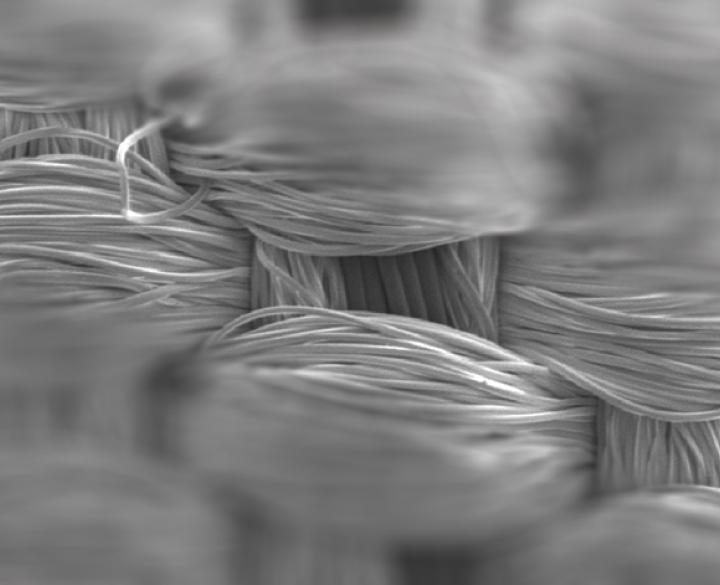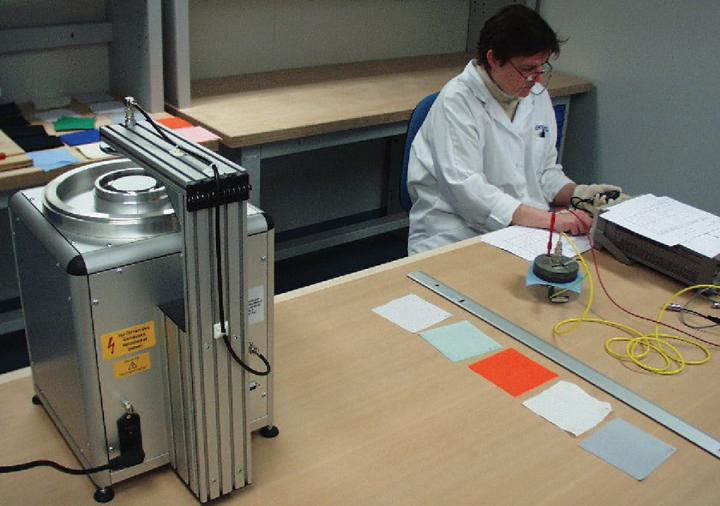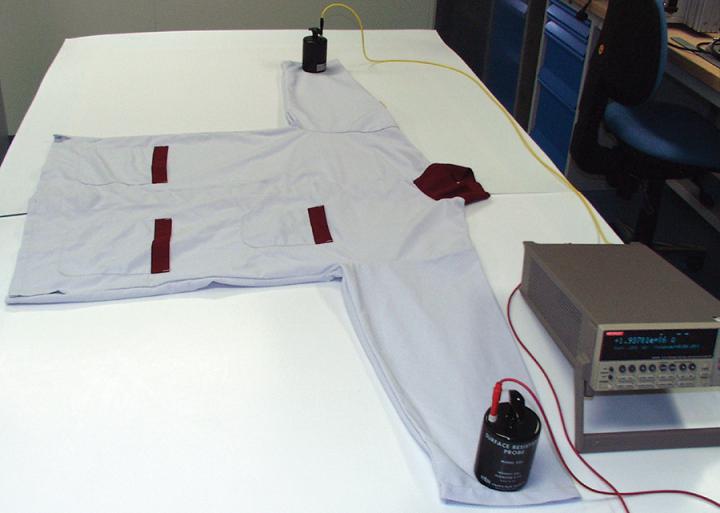Context
Static electricity is most commonly created by the contact and separation of materials in a process known as triboelectric charging. When you walk across a carpeted floor, the interaction between the carpet and your shoes causes the carpet to lose electrons, making it positively charged, and your shoes to gain electrons, making them negatively charged. You feel a shock as the static electricity from your body discharges in an ESD event through a metal doorknob, which acts as a conductor.
The amount of electric charge created by triboelectric charging depends on many factors, including contact area, properties of the materials, how quickly the materials are separated, and relative humidity. Besides triboelectric charging, other less common sources of static electricity include induction, ion bombardment, and contact with another charged object.
Poor electrostatic properties of textile materials not only results in an uncomfortable wearing experience but may also pose severe health and safety risks, obliging industrial workers in dangerous environments to wear personal protective clothing with effective anti-static properties.
Climate room
Centexbel disposes of a climatic room with atmospheric control:
temperatures
- between 19 and 26 °C
relative humidity
- between 10 and 60 %
This room of 50m³ is isolated against electric perturbations and is mainly dedicated to the electrostatic characterisation of textiles: protective clothing, clean-room clothing, carpets, coatings...
Electrostatic measurements
- surface resistance
- resistivity
- point to point resistance
- earth resistance
- discharge time
- discharge time by induction
- efficiency of electrostatic insulation…
Standards
EN 1149-1
Protective clothing - Electrostatic properties - Part 1: Test method for measurement of surface resistivity
EN 1307
Textile floor coverings - Classification
EN 1815
Resilient and laminate floor coverings - Assessment of static electrical propensity
Send your samples to
Centexbel - Physical Lab
Rue du Travail 5
4460 Grâce-Hollogne
Belgium
+32 4 296 82 00
g-h@centexbel.be






